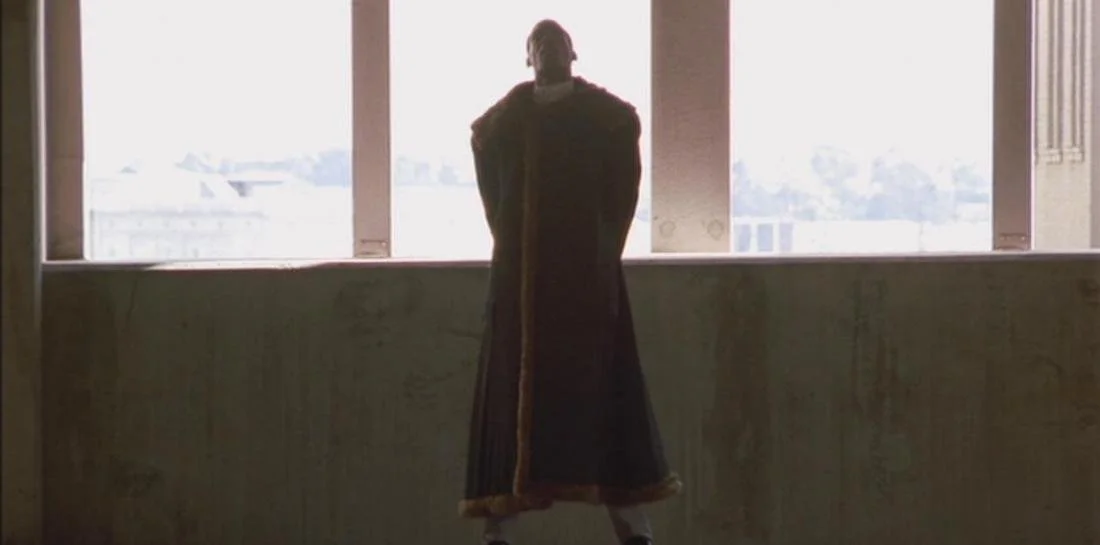The Queen Of The Cicadas (La Reina De Las Chicharras) and CANDYMAN (1992)
When Real World Horrors Shape Urban Legends
What happens when you combine urban legends with the real-world horror of racism and violence? Victims are transformed into vengeful spirits powerful enough that they are feared and revered. Both CANDYMAN (1992) and The Queen Of The Cicadas (La Reina De Las Chicharras) follow the investigation of urban legends about a dangerous ghostly entity that appears when called through a mirror. Both investigations are led by women with a similar determination for answers, yet different in many ways—including their motivations.
In CANDYMAN, Helen Lyle (Virginia Madsen) is a graduate student researching urban legends when she hears stories of the Candyman. A skeptic, she attempts to summon him by saying his name five times in a mirror but nothing seems to happen. She starts digging deeper when she learns about a murder in the nearby Cabrini-Green projects attributed to him. When Candyman (Tony Todd) eventually reveals himself to Helen, it’s too late for her to escape and she’s dragged into his plot to terrorize the residents of Cabrini-Green.
Written by V. Castro, The Queen Of The Cicadas/La Reina De Las Chicharras (Flame Tree Press, 2021) begins with Belinda returning home to Texas for the wedding of her childhood friend in 2019.
The wedding just happens to take place on the same land where Milagros, a Mexican immigrant and farmworker, was brutally in the 1952. The story bounces back and forth between the two different time periods.
While the details of Milagros’ murder and transformation into La Reina de Las Chicharras (or Queen of the Cicadas) are recounted, Belinda and the new owner Hector go on a mission to find Milagros’ family and bring them closure. Throughout the story we get glimpses of the larger forces at work connecting the past and present into a more extensive mythological narrative.
Candyman thrives off the fear of the residents of Cabrini-Green but mixed in with the fear is a sense of respect and reverence. He also seems to think of himself as a divine entity referring to them as his congregation. Castro takes this a step further in her novel, including connections to ancient Aztec gods and Milagros becoming a saintly figure.
After her story is shared and a memorial erected where she died, it becomes a place of pilgrimage, prayer, and worship.
The most obvious similarities between the two stories are in mythology and origin story of each urban legend. Both are called through a mirror in almost the same way and were murdered because of racial prejudices. Candyman was killed because he was a black man that fell in love with a white woman. While the woman that killed Milagros was driven mainly by jealousy, she was emboldened and able to get away with it because of the abuse and discrimination against Mexican workers. There are also similarities in the specific ways each were killed.
While adapted from the Clive Barker short story, “The Forbidden,” CANDYMAN is a drastically different tale than its literary predecessor. Bernard Rose who wrote and directed the film chose to set it in Chicago and focus on race and class in the inner cities. Personally, I prefer the movie because the modifications made it a much more relatable story, which I suspect that is true for many of the film’s fans. Castro has cited the movie as a catalyst for The Queen Of The Cicadas. While the similarities are hard miss, she created something new and unique.




